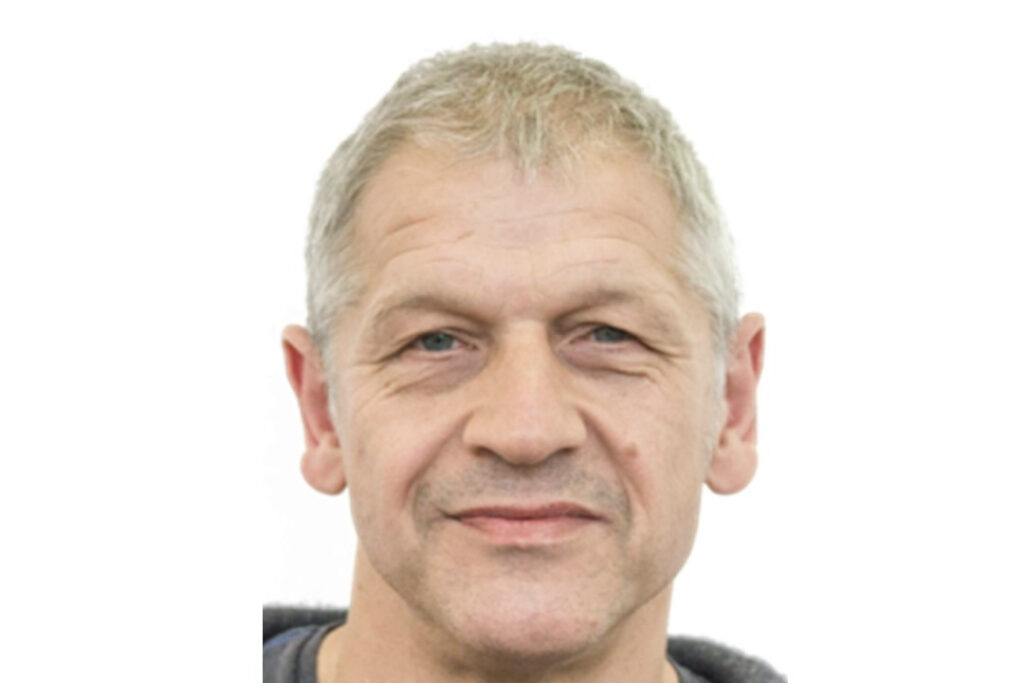University of Cambridge

Dr Bob Carlyon has been studying hearing since his PhD in Cambridge in the early 1980s, where he studied how hearing people detect differences in the intensity (volume) of sounds.
He subsequently spent a year at Northeastern University in the USA before returning to Sussex University as a Royal Society University Research Fellow in 1988. He moved to the MRC Cognition & Brain Sciences Unit at Cambridge in 1994, where he is currently Deputy Director.
More about Bob’s work
Much of Bob’s research explores how the hearing brain perceives and identifies separate sound sources and sound events in the surrounding environment (auditory scene analysis). He also looks at how the brain integrates this information into its other processes. Over the last 20 years, his research has increasingly focussed on understanding and improving hearing by cochlear implant (CI) listeners.
Understanding changes in the hearing brain after someone receives a cochlear implant
Read about Bobs’s research projectBob’s approaches to hearing research
When I was an undergraduate student, my lecturer, Chris Darwin, described newly-discovered cells in the cochlear nucleus (the first structure in the hearing brain that receives sound information from the ear).
These cells could respond to changes in sound level, even when the auditory nerve cells they were receiving information from were sending signals at full capacity. This suggests that the cells were responding to sounds independently of the information they were receiving from the ear.
I came up with some quite exotic explanations for how this could be. None of them were quite right, but I was hooked. Also, the computers and equipment we got to use for hearing and speech experiments were much more fun than those that the other students were using.
The best advice I’ve received was “write things down”. It’s incredibly easy to get overexcited by an idea when you just carry it around in your head. Writing it down gives you a slightly more dispassionate view, and I often find ideas changing shape as I write. I like writing grant proposals for the same reason.
The advice I would give is to gauge how much of the literature you should read before you start thinking about what experiment to do. At the start of your career, the biggest problem is not knowing enough, but as you progress, I think it’s also possible to read too much too soon and end up just splitting hairs.
First, it gives me the chance to help people hear better. Second, because a cochlear implant bypasses most of the hearing processes that occur in the ear. They provide a powerful tool for studying basic hearing processes in the brain.
We can use the implant to stimulate the nerve in a way that wouldn’t be possible using normal sounds, which allows us to study how the brain extracts pitch information from the signals it receives from the auditory nerve.
To make one fundamental discovery that has a significant positive impact on patient health.
For the basic science of hearing, we are still some way off from knowing how important features of sound, such as pitch, are encoded and processed at the different levels of the auditory brain.
I think that the biggest challenge in applying our knowledge is how to improve hearing for those who need it most, and whose ability to understand speech remains poor despite our best efforts.
These include the minority of cochlear implant recipients who get little benefit from their implant, and most patients with brainstem or midbrain implants (hearing devices that are implanted into the hearing brain, rather than the inner ear, like cochlear implants).